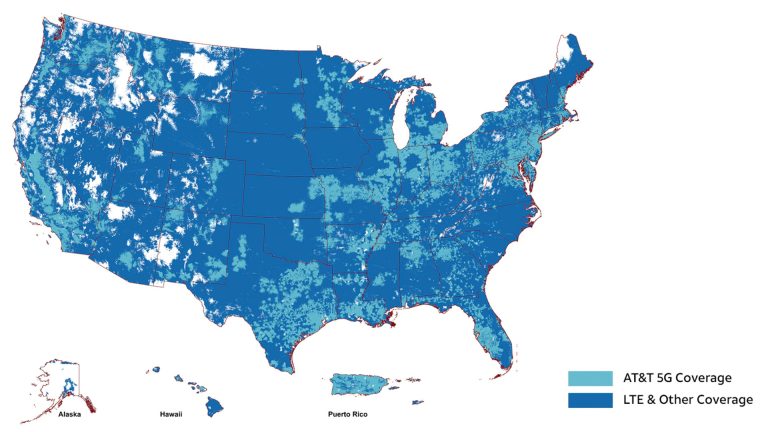Understanding the 5G Random Access Procedure: A Comprehensive Guide
telcomatraining.com – The 5G network has revolutionized wireless communication by offering high-speed data transmission, ultra-low latency, and massive connectivity. One of the critical processes in the 5G network is the Random Access Procedure (RAP), which enables devices to establish a connection with the network efficiently. This guide provides an in-depth understanding of the 5G Random Access Procedure, its types, steps, and significance in modern telecommunications.
What is the 5G Random Access Procedure?
The 5G Random Access Procedure is the mechanism that user equipment (UE) uses to establish a connection with the 5G base station, also known as gNB (next-generation Node B). This procedure is essential for initial network access, handovers, and re-establishing lost connections.
Types of Random Access Procedures in 5G
There are two types of Random Access Procedures in 5G:
- Contention-Based Random Access (CBRA)
- Used when a UE attempts to access the network without a dedicated preamble.
- Multiple UEs may choose the same preamble, leading to possible collisions.
- A resolution mechanism is required to differentiate between multiple UEs.
- Contention-Free Random Access (CFRA)
- Used when a UE is assigned a dedicated preamble by the network.
- Commonly used for handovers and specific scenarios where a guaranteed connection is necessary.
- Eliminates the possibility of contention or collision.
Steps in the 5G Random Access Procedure
The Random Access Procedure consists of four primary steps:
Step 1: Random Access Preamble Transmission
The UE selects and transmits a random access preamble using a Physical Random Access Channel (PRACH). The selection can be based on contention-based or contention-free access. The preamble transmission allows the network to identify the UE.
Step 2: Random Access Response (RAR)
Upon receiving the preamble, the gNB sends a Random Access Response (RAR) containing:
- Timing Advance Command (TAC): Adjusts the UE’s transmission timing.
- Temporary Cell-Radio Network Temporary Identifier (Temp C-RNTI): Temporarily identifies the UE.
- Uplink Grant: Allows the UE to send further messages.
Step 3: Message 3 Transmission (RRC Connection Request)
The UE sends an RRC Connection Request, including its identity and reason for access. If multiple UEs used the same preamble, contention may occur at this stage.
Step 4: Contention Resolution
The gNB processes the request and sends a contention resolution message. If multiple UEs have used the same preamble, only one is granted access, while others must restart the process.
Importance of the 5G Random Access Procedure
- Efficient Network Access: Ensures smooth and quick connection establishment for devices.
- Supports Massive Connectivity: Crucial for IoT and M2M communications where multiple devices require simultaneous access.
- Enhances Handover Performance: Ensures seamless transitions between cells, improving mobility support.
- Minimizes Latency: Helps maintain the ultra-low latency required for mission-critical applications such as autonomous vehicles and remote surgeries.
Challenges and Optimizations in 5G Random Access Procedure
Challenges:
- High Contention in Dense Networks: A large number of devices attempting simultaneous access can lead to collisions and delays.
- Preamble Shortage: Limited preamble resources can affect network efficiency in ultra-dense environments.
- Timing Synchronization Issues: UEs at varying distances from the gNB require precise timing adjustments.
Optimizations:
- Dynamic Preamble Allocation: Adjusts the number of available preambles based on network load.
- AI-Driven Access Management: Uses machine learning to predict and allocate resources efficiently.
- Enhanced Beamforming: Improves access success rates by focusing transmission power on specific UEs.
Conclusion
The 5G Random Access Procedure plays a pivotal role in enabling efficient, low-latency, and high-capacity network connectivity. Understanding its mechanisms, types, and challenges helps in optimizing network performance for diverse applications. As 5G continues to evolve, further enhancements in the Random Access Procedure will be crucial to supporting the ever-growing demand for seamless wireless communication.







